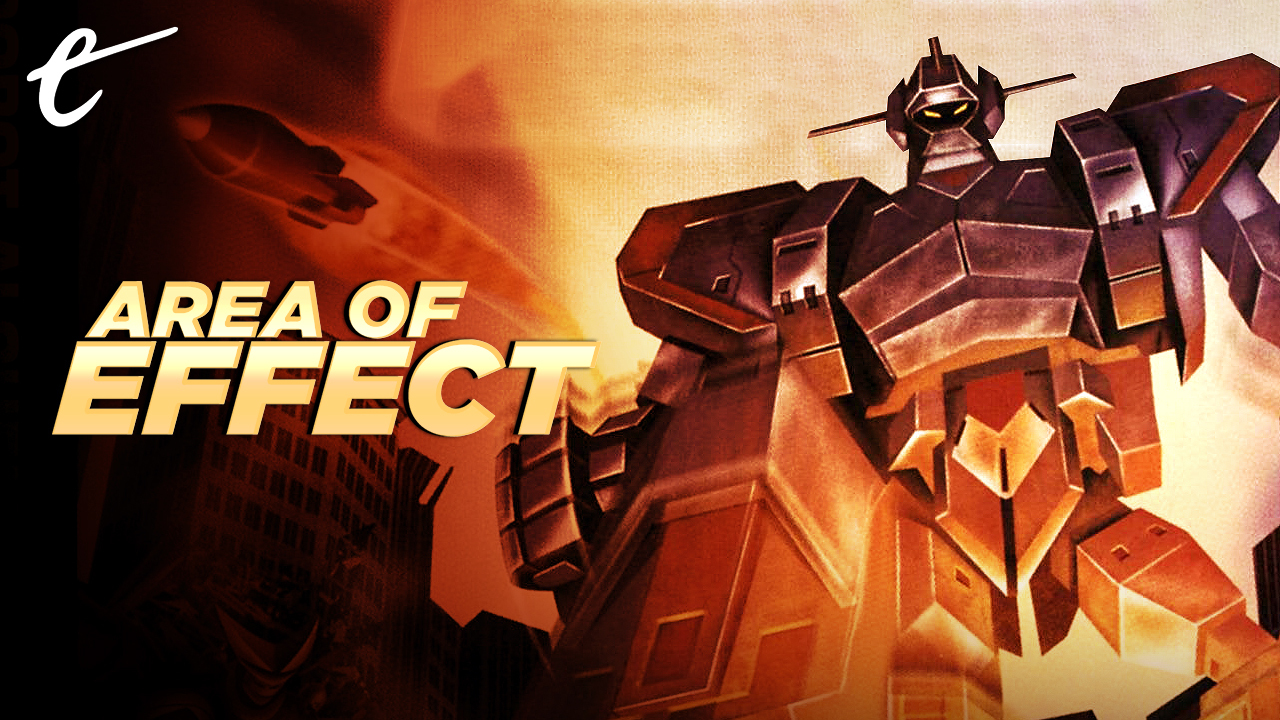The first rule of Hobbit Fight Club is that you put newspaper down because it’s really hard to get Brandybuck brains out of the carpet. Hobbit fights probably weren’t what Beam Software had in mind when it created Lord of the Rings: Game One, also known as The Fellowship of the Ring: A Software Adventure, all the way back in 1985, releasing it onto PC and a range of 8-bit platforms.
But I’d been fascinated by the way that The Hobbit, Beam’s last Tolkien text adventure, featured characters who’d not only roam of their own accord but could be commanded by the player. My then-young mind came up with some devious ways to exploit this system, such as commanding Gandalf to head into the now-deserted troll’s cave, then locking it behind him.
Lord of the Rings: Game One doesn’t have roaming NPCs, which, at the time, was one of the criticisms leveled at it. But based on the first book in the Lord of the Rings series, it features Gandalf, the Hobbits, and the other characters who make up the Fellowship. So naturally, my first instinct was to have them murder each other.
Actually, that’s not entirely true. I can’t honestly remember how long I’d been playing when I came up with Hobbit Fight Club. But once I discovered you could order characters to attack each other, their fates were sealed. Anyway, it was survival of the fittest – if they were to accompany me, as Frodo, on my quest to destroy The One Ring, I’d have to sort the wheat from the chaff.

Thus began several solid hours of:
>SAY TO SAM “KILL PIPPIN”
>SAY TO PIPPIN “KILL MERRY”
>SAY TO MERRY “KILL SAM”
Since the Hobbits fought to the death there was an awful lot of skull-cleaving, and there may have been some (or a lot of) cackling from my side of the keyboard. Aside from one occasion when potato deprivation got the better of him, Sam usually came out on top, which backs up the books and movies’ assertion that Sam Gangee is hard as nails.
But that’s only the tip of the murderburg. What makes Lord of the Rings: Game One such a revelation, certainly by today’s standards, is that the freedom that spawned Hobbit Fight Club extends to the whole of the game.
There are specific locations where Frodo can meet his end, and if you want to spoil the fun, you can dig out a walkthrough and “win” the game by following it meticulously. But it’s the flexibility to forge your own story – no matter how horrifying – that makes it the best Lord of the Rings game you’ve never played.

If, for example, Hobbit Fight Club ends with Pippin Took’s head being punched into orbit, it’s not game over. You can continue exploring Middle-earth without him; in fact, given that Pippin is the one who drops a stone down a well in the Mines of Moria, you could argue that the Fellowship is now better off. You can roam the land as you see fit, and while your general objective remains the same, you choose how to tackle that quest. You might come to a sticky end without Gandalf, but there’s no unseen dungeon master slapping your wrist for daring to deviate from Tolkien’s books.
Speaking of Gandalf, you can bypass his “death” in the Mines of Moria entirely. I’d pored over the original Fellowship of the Ring, (I’d yet to get into the other entries in the series when I first played this game.) and it had been cemented in my mind that the Fellowship went through the Mines of Moria. I appreciated the freedom the game had thus far given me, but I was sure I was going to be shunted down the mines.
Yet to my astonishment, I discovered I could make it across the mountains. Yes, it was a bad idea and several NPCs were killed by an avalanche, including Gandalf (though I later discovered this was random), but my now-diminished party came through the other side. Even now, it seems like sheer fantasy that a licensed game would let you get away with that.
Because, with the odd exception, companies are incredibly strict with what characters can and can’t do in the context of a game. The amount of legalese involved could fill a library, but as explained in this relatively succinct piece, approval is a huge, huge factor. The company you’re licensing intellectual property from, whether that’s a single character or an entire world, needs to approve everything. Chances are, if you try to change too much, they’ll put their foot down.

This lack of creative freedom hobbles licensed games (the copyrighted ones at least), and it means they’re likely to be short on surprises. Lord of the Rings: Gollum is set to offer a glimpse into Gollum’s life before the books or movies, but it’s hard to get excited about the game when I know exactly where he’s going to end up. Likewise, Middle-earth: Shadow of Mordor was fun, but I was always conscious that my freedom, as far as the narrative went, was strictly limited.
Lord of the Rings: Game One stands out as an example of what can be accomplished when you’re not constrained by the limits of licensing, and I’m not just talking about Hobbit Fight Club. Beam penned two additional games, but you couldn’t import previous saves (on the PC at least) so I never got to explore the consequences of a Gandalf-less Middle-earth. Though, given its age, you can at least play the game entirely in your browser.
Will we see its like again? Probably not – I suspect the reason that Beam got away with giving the player this much freedom is because gaming was relatively young at the time. I doubt the Tolkien estate considered just how much control the player would have over the way the tale unfolded. It’s a crying shame because, Hobbit Fight Club aside, it never loses sight of the world J.R.R. Tolkien created, and it just goes to show what can be accomplished when licensed games loosen the shackles.






Published: Nov 30, 2021 11:00 am